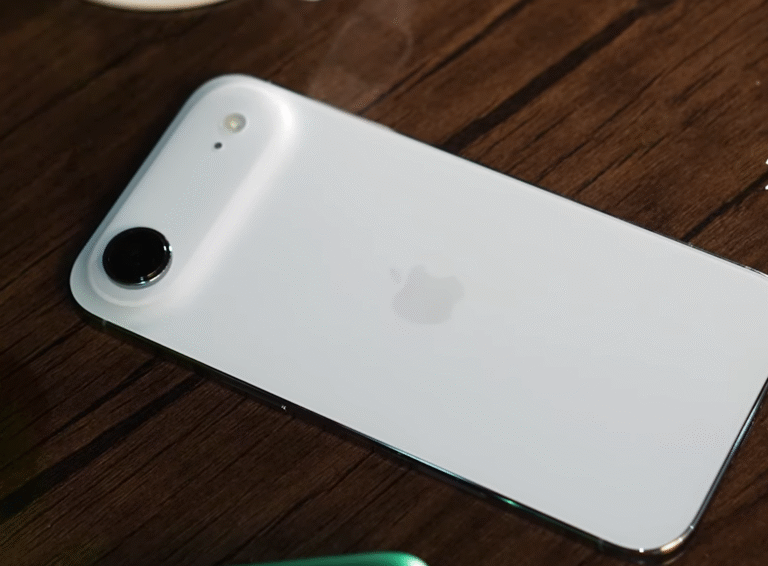Apple is rolling out its iOS 26.1 update, and while the name may sound subtle, the changes it brings are actually quite noticeable—especially if you were one of the many people annoyed by the overly transparent elements introduced in iOS 26.
Apple Tones Down the “Liquid Glass” Look
When iOS 26 first arrived, Apple leaned heavily into the semi-transparent design trend. Elements like the bottom glass bar and home screen icons had this “liquid ass” effect that, while visually striking, made it difficult to read text and see controls clearly.
Beta testers pointed out a specific example: the blue text showing underneath glass UI panels. This made buttons hard to distinguish, especially on bright backgrounds.
With iOS 26.1, Apple has toned down this effect significantly. Instead of everything being crystal clear and blending into your wallpaper, the new version uses a frosted glass style, similar to what you see on the little “minus” buttons when editing your home screen. It’s subtle but far more practical.
Bright Backgrounds Are Less of a Headache
One of the biggest frustrations in iOS 26 was trying to use photo controls when you had a bright image open. The controls would essentially vanish against the background, leaving users squinting to figure out what they were pressing.
The new iOS 26.1 update frosts those UI elements, making them easier to see in all lighting conditions. While early impressions show improvement, it’s worth noting that some users mistakenly thought they had the new version when they were actually still on iOS 26.0.0.1—not the 26.1 beta meant for developers.
A Developer Account Isn’t Cheap
To access the iOS 26.1 beta early, developers need a paid Apple developer account, which costs $100. For many casual users or testers, that’s not an expense they’re willing to make. Fortunately, Reddit testers have already confirmed that the photo background glitch is being fixed, so everyone can look forward to a clearer experience in the public release.
Icon Tint Bug Gets a Partial Fix
Apple has also addressed a long-standing issue: when applying a custom tint, icons would sometimes disappear entirely. Now, instead of vanishing, they only partially fade. It’s not perfect, but it’s a step in the right direction.
Additionally, the update automatically gives third-party app icons a new, shinier 3D-style look. Corners are more defined, and the interface has a slight pop to it. While this is nice, some users hoped Apple would go a step further. For example, low-resolution taxi app icons still look pixelated—no amount of gloss can save a bad icon.
Performance Feels Smoother
Another subtle but welcome change is that iOS 26.1 feels smoother overall. Benchmark results show improved performance, and many users are reporting fewer glitches when navigating between apps.
One of the most frustrating bugs in iOS 26 was the Settings app failing to open. This has been fixed in the new update, making the overall experience far more stable.
Apple’s Transparency Strategy
Apple is clearly adjusting its design philosophy with iOS 26.1. The company often experiments with bold visual effects, but when usability suffers, it typically listens—eventually. The “liquid glass” aesthetic was unique, but it crossed the line between elegant and impractical.
The frosted look is a smart middle ground. It maintains the modern Apple aesthetic while keeping text and controls visible, which is exactly what users have been asking for.
A Step Forward
While iOS 26.1 doesn’t completely overhaul the operating system, it addresses some of the most frustrating visual and functional issues in a thoughtful way. Frosted backgrounds, improved icon handling, and better visibility make everyday use more pleasant.
Apple hasn’t admitted that iOS 26’s original transparency was a mistake—they’re Apple, after all—but their actions speak louder than their marketing.
If you’ve been holding off on updating because of visibility issues, iOS 26.1 might be the version that brings you back.



